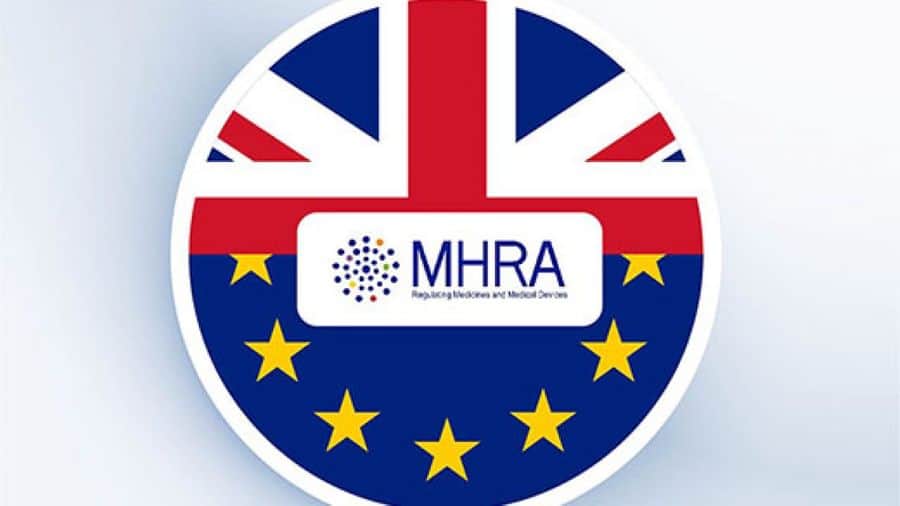UK medical devices regulation: What the assistive tech sector needs to know about MHRA’s plans

Medicines and Healthcare products Regulatory Agency (MHRA) has published important new plans about the future of medical devices regulation in the UK, which are designed to encourage innovation and improve patient safety.
Medical devices cover many assistive technologies, as, by definition, medical devices are any instrument, software or equipment that are intended by the manufacturer to be used, alone or in combination, for human beings with the specific medical purpose to diagnose, prevent, treat, monitor, or alleviate diseases, disabilities or injuries.
This includes devices that allied health professionals work with, such as prostheses, mobility scooters, and hearing aids.
The plans also relate to IVDs (in vitro diagnostic medical devices) – a medical device which is intended by the manufacturer to be used in vitro for the examination of specimens derived from the human body, solely or principally for the purpose of providing information about a physiological or pathological state, monitoring therapeutic measure, providing information about a congenital abnormality, or determining the safety and compatibility of donations with potential recipients.
Below, AT Today has outlined what the assistive technology sector needs to know about MHRA’s medical devices regulation plans in the UK and included key industry responses from the British Healthcare Trades Association (BHTA) and Association of British HealthTech Industries (ABHI).
Background information
The changes to UK medical device regulation comes following the UK’s exit from the European Union (EU). MHRA says it has a unique opportunity to “improve” the way devices are regulated in the UK, ultimately with a goal of improving people’s health.
To signify that medical devices have met the UK’s regulation standards, they will carry the UKCA marking.
Recent movement with medical devices regulation in the UK
Now, MHRA has issued its response to its consultation regarding the new medical devices regulations in the UK.
The package of reforms will apply to medical devices such as hearing aids and new technologies like smartphone apps and artificial intelligence (AI).
The new measures include:
- Strengthening the MHRA’s powers to act to keep patients safe
- Increasing the scope and extent of regulation to respond to public need
- Addressing health disparities and mitigating identified inequities throughout medical devices development and use, ensuring they function as intended for diverse populations
- Making the UK a focus for innovation by ensuring the new regulatory framework encourages responsible innovation
- Building the new UKCA mark, which will replace the CE mark, and ensuring the mark has a strong global reputation
Transitional plans
Although the new regulatory regime is still planned to come into effect from 1 July 2023, the government has acknowledged serious concerns raised by BHTA with regard to continuity of supply, shortage of conformity assessment bodies, hard-pressed MHRA resource, and the need for industry input into guidance on how the regime will operate.
To ensure the continuous supply of medical devices in the UK, MHRA has established a transitional period while the new regulatory regime comes into force and give industry enough time to adapt to these changes.
The BHTA has welcomed this transitional period, as there were increasing concerns across trade associations and industry about the initial July 2023 deadline.
William Lee, Head of Policy and Compliance at the British Healthcare Trades Association, explained this transitional period in his consultation response:
“General medical devices and in-vitro medical diagnostic devices (IVDs) that are CE marked under EU MDR or EU IVDR may continue to be placed on the GB market until either the certificate expires or for five years after the new regulations take effect (i.e. 01-Jul-28), whichever is sooner, with a view to reviewing this provision at the end of the five-year period. This will apply even if the certification/declaration of conformity is dated after the new regulations take effect.
“General medical devices and IVDs that are CE marked under EU MDD, EU AIMDD, or EU IVDD may continue to be placed on the GB market until either the certificate expires, or for three years (general medical devices) or five years (for IVDs) after the new regulations take effect (i.e. 01-Jul-28), whichever is sooner, with a view to reviewing this provision at the end of the five-year period.”
For both of the above instances, there are two caveats that apply to both categories of CE-marked medical devices covered by these arrangements:
- Devices that are subject to significant changes in design or intended purpose will be excluded from these provisions
- All post-market requirements applicable to the new regulatory framework must be complied with for all products which benefit from the transitionary arrangements
Finally, for general medical devices and IVDs that hold a valid certification/declaration of conformity to the UKCA standard before the new regime takes full effect, these products may be placed on the GB market until either the certificate expires or for three years after the new regulations take effect (general medical devices) or five years (IVDs).
ABHI has also welcomed this transitionary period for the UK medical devices sector, echoing the BHTA’s statement that this will give the industry enough time to adapt to these changes. The association said that it is now looking forward to engaging further via planned focus groups over the coming months, which are intended to help draw up guidance to accompany the UKCA regulations.

